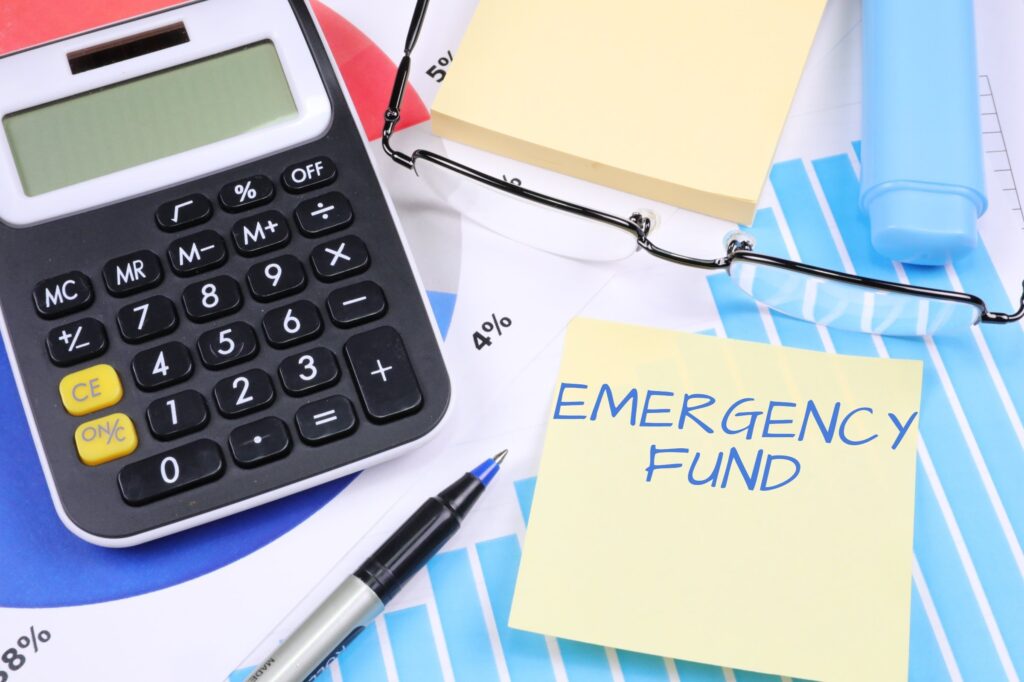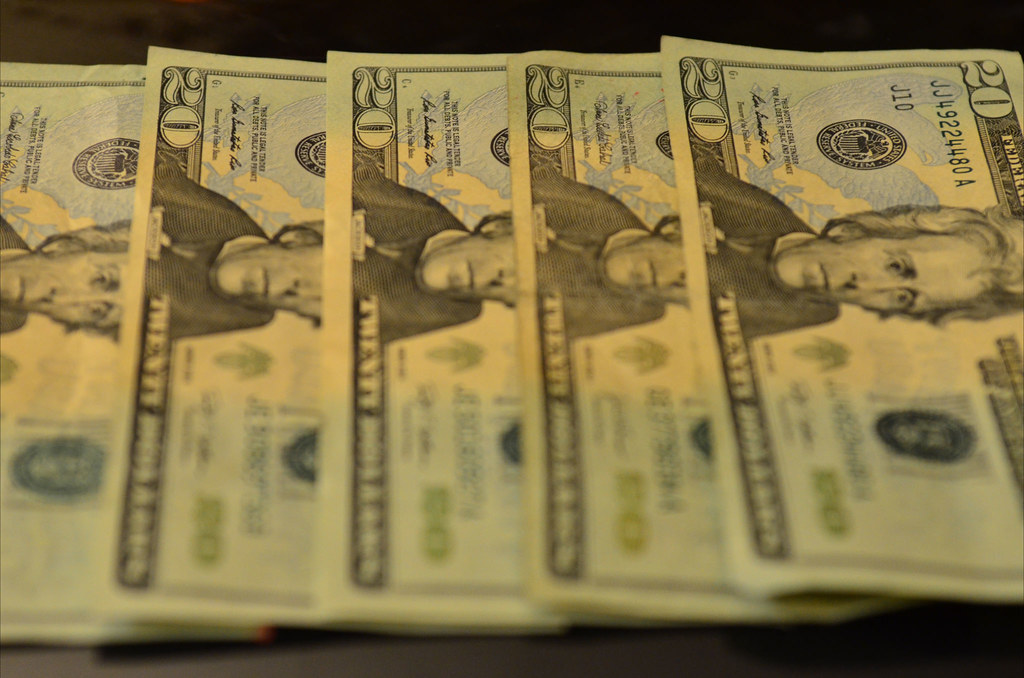In 2025, financial security is more important than ever, especially with the increasing unpredictability of life’s expenses. From unexpected medical bills to urgent car repairs, having an emergency fund can be your financial lifeline. This guide will walk you through everything you need to know about building and maintaining an effective emergency fund, ensuring you have the peace of mind and financial stability needed during times of crisis.
Understanding What an Emergency Fund Is
An emergency fund is a designated savings pool that acts as your financial safety net. It’s designed to cover unexpected expenses, such as medical emergencies, urgent car repairs, or job loss. Instead of relying on credit cards or high-interest loans, an emergency fund provides immediate access to cash, helping you maintain financial stability.
Benefits of Having an Emergency Fund
- Avoid Debt: An emergency fund helps you cover unexpected costs without going into debt.
- Financial Security: It provides peace of mind knowing you have funds to handle life’s financial storms.
- Job Flexibility: With an emergency fund, you can have more flexibility in making career decisions without worrying about job loss.
- Reduced Stress: You can manage financial crises with less anxiety, allowing you to focus on long-term goals.

Assessing Your Personal Financial Situation
Before you start saving for an emergency fund, it’s important to evaluate your financial situation. Experts recommend saving between three to six months’ worth of essential expenses, including housing, utilities, transportation, and food.
Key Considerations:
- Income Stability: If you have an unstable or variable income, consider building a larger emergency fund.
- Insurance: Higher insurance deductibles might require a larger emergency fund.
- Personal Circumstances: Consider factors like dependents and personal expenses when deciding how much to save.
Evaluating Monthly Expenses and Income
To build an effective emergency fund, calculate your monthly expenses, including rent, utilities, groceries, and insurance. Once you have a total, multiply it by the number of months you want your emergency fund to cover.
Example:
- Monthly Expenses: $5,000
- Emergency Fund Goal: 3–6 months
- Savings Target: $15,000 to $30,000
Setting Up Your Emergency Fund
Setting clear savings goals is crucial to staying on track. Here’s how to get started:
Advertisement
- Determine Your Target: Calculate your essential expenses and multiply by three to six months.
- Stay Consistent: Make regular, consistent contributions to your emergency fund, even if they are small.
- Refill the Fund: If you dip into your emergency fund, make a plan to replenish it.
Monthly Savings Target
Dividing your emergency savings goal by the number of months you want to reach it can give you a realistic monthly savings target. Even saving as little as $10 to $100 per month can make a significant difference over time.
Choosing the Right Savings Account

Selecting the right account is crucial for your emergency fund to grow effectively. Here are a few options to consider:
High-Yield Savings Accounts
A high-yield savings account offers higher interest rates, allowing your emergency fund to grow faster compared to traditional savings accounts.
Money Market Accounts (MMAs)
These accounts often provide higher interest rates and may offer check-writing capabilities for easy access.
Certificate of Deposit (CD) Laddering
CDs offer higher interest rates, but they may limit access to your funds. CD laddering helps maintain some liquidity while benefiting from higher interest rates.
Utilizing High-Yield Savings Accounts
One of the best ways to grow your emergency fund is by keeping it in a high-yield savings account. Here’s why:
- Higher Interest Rates: You can earn more on your emergency fund than in a regular savings account.
- FDIC Insured: High-yield accounts are typically insured up to $250,000, offering peace of mind.
- Easy Access: You can access your funds quickly when needed, without penalty fees like those on CDs.
Strategies for Building Your Fund
Building an emergency fund takes discipline and consistent effort. Here are some strategies to help you stay on track:
- Track Your Progress: Regularly monitor your progress to stay motivated.
- Increase Contributions: Gradually increase your contributions as your income grows.
- Automate Transfers: Set up automatic transfers from your checking account to your emergency fund.
Cutting Expenses to Increase Savings
Cutting back on discretionary spending can accelerate your savings. Consider these strategies:
- Cook at Home: Save money by dining in instead of eating out.
- Cancel Unused Subscriptions: Eliminate unnecessary expenses, like streaming services or gym memberships.
- Implement the 24-Hour Rule: Delay non-essential purchases for 24 hours to curb impulsive spending.
Finding Additional Sources of Income
If you’re looking to boost your emergency fund more quickly, here are a few options to consider:
- Side Jobs: Take on freelance work or temporary side hustles.
- Sell Unused Items: Selling things you no longer need can generate extra cash.
- Use Extra Income: Direct any bonuses, tax refunds, or windfalls straight into your emergency fund.
Using Your Emergency Fund Wisely
It’s crucial to use your emergency fund for unexpected and essential expenses only. These include:
- Medical Expenses: Emergency medical bills are a top priority.
- Urgent Repairs: Car or home repairs that can’t be delayed.
- Job Loss: Cover living expenses if you lose your job or face a reduction in income.
Guidelines for Spending from Your Fund
- Essential Expenses: Always prioritize essentials, such as housing, utilities, and transportation costs.
- Avoid Non-Essentials: Don’t dip into your emergency fund for vacations, gadgets, or non-essential items.
- Rebuild After Use: If you need to use your emergency fund, make a plan to replenish it quickly.
Rebuilding Your Emergency Fund After Use
After using your emergency fund, prioritize rebuilding it as soon as possible. Start with small contributions and gradually increase your savings. Automating your savings contributions can help you stay on track and make the process easier.
Prioritizing Savings After an Emergency
Once your emergency fund is used, continue to save for the future to prevent the need for debt during future emergencies. Setting automatic transfers and re-evaluating your budget can keep you on track to meet your financial goals.
Setting New Savings Goals
Setting and adjusting your savings goals periodically is essential. Here’s how:
- Evaluate Your Budget: Look for areas where you can cut back to save more.
- Celebrate Milestones: Celebrate your savings achievements to stay motivated.
- Adjust Your Goal: Reassess your emergency fund target as your life circumstances change.
Maintaining Your Emergency Fund Over Time
Once your emergency fund is in place, it’s important to maintain it. Here’s how:
- Automate Contributions: Set up regular transfers to ensure consistent contributions.
- Keep It Separate: Avoid mixing your emergency fund with your regular savings to prevent accidental spending.
- Reassess Regularly: Annually review your emergency fund target to ensure it still meets your needs.
Reassessing Fund Size as Your Life Changes
As your financial situation evolves, so should your emergency fund. Reassess your target if your expenses increase or if your income becomes more unstable. Adjusting your contributions over time can help keep your fund balanced and ready for unforeseen expenses.
Adjusting Contributions and Savings Strategies
As life circumstances change, including salary increases or new family members, it is crucial to reassess your emergency fund goals to ensure continued financial security. Gradually increasing contributions can accelerate building your emergency fund.
Conclusion: Taking Action Towards Financial Security
Building an emergency fund is one of the most important steps you can take to ensure your financial stability in 2025 and beyond. By saving three to six months’ worth of living expenses, choosing the right savings account, and using automation to make consistent contributions, you’ll be well on your way to financial security. Taking action now will give you the peace of mind to handle unexpected expenses and provide a strong foundation for your long-term financial future.
FAQs
What emergencies should my fund cover?
Your emergency fund should cover unexpected expenses like medical bills, urgent car repairs, and job loss.
How long will it take to build my emergency fund?
The time it takes depends on your savings rate, but starting with small, consistent contributions can gradually build your fund over time.
Can my emergency fund earn interest?
Yes, placing your emergency fund in a high-yield savings or money market account can help it grow with interest.
